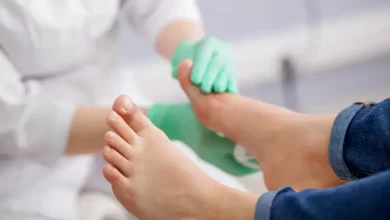Active Recovery Days: Benefits for Fitness and Recovery

When it comes to fitness, most people think of hitting the gym hard, pushing themselves to the limit, and sweating buckets. While intense workouts are great for building strength, endurance, and achieving fitness goals, it’s equally important to give your body the rest and recovery it needs. That’s where active recovery comes in.

What is Active Recovery?
Active recovery is a form of low-intensity exercise that helps improve blood circulation, reduce muscle soreness, and enhance overall recovery. Unlike complete rest days, active recovery involves performing light exercises that get the blood flowing and muscles moving without putting too much stress on the body.
The Benefits of Active Recovery Days
Here are some of the top benefits of incorporating active recovery days into your fitness routine:
- Reduces Muscle Soreness: Active recovery helps reduce muscle soreness by improving blood flow to the muscles. This helps flush out lactic acid and other waste products that can accumulate during intense workouts.
- Enhances Recovery: Active recovery helps promote recovery by increasing blood flow and oxygen to the muscles. This helps repair damaged tissues and reduces inflammation.
- Improves Flexibility: Active recovery exercises such as stretching and yoga can help improve flexibility, which is crucial for preventing injuries and improving overall performance.
- Boosts Mood: Active recovery exercises such as walking, swimming, or cycling can help reduce stress and anxiety, and boost mood and energy levels.
- Prevents Overtraining: Overtraining can lead to burnout, fatigue, and injuries. Incorporating active recovery days into your routine can help prevent overtraining and keep you motivated to continue your fitness journey.
Examples of Active Recovery Exercises
Here are some examples of low-intensity exercises that you can incorporate into your active recovery days:
- Walking: Walking is a great way to get some low-impact exercise and improve blood circulation. Aim for at least 30 minutes of brisk walking per day.
- Swimming: Swimming is a low-impact, full-body workout that can help improve endurance, flexibility, and overall fitness.
- Cycling: Cycling is another low-impact exercise that can help improve cardiovascular health and build leg strength.
- Yoga: Yoga is a great way to improve flexibility, reduce stress, and enhance overall well-being.
- Foam Rolling: Foam rolling is a form of self-massage that can help reduce muscle soreness and improve range of motion.
Remember, active recovery doesn’t have to be complicated or time-consuming. It’s simply a way to give your body the rest and recovery it needs to perform at its best. So, next time you’re feeling sore or fatigued after a workout, try incorporating some low-intensity exercises into your routine and enjoy the many benefits of active recovery.





